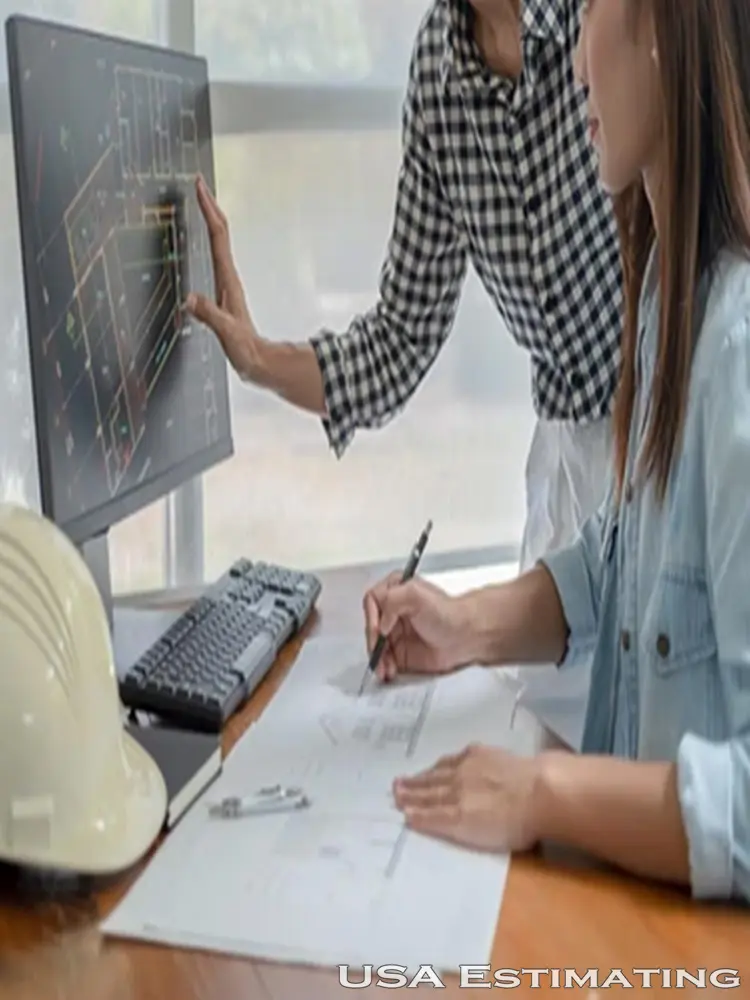- Home
- Estimating Services
- Our Trades
- Concrete Estimating
- Drywall Estimating
- Roofing Estimating
- Masonry Estimating
- Doors and Windows Estimating
- Interior and Exterior Finishing Estimating
- Flooring Estimating
- Painting Estimating
- MEP Estimating
- Electrical Estimating
- Metal Estimating
- Thermal and Moisture Protection Estimating
- Insulation Estimating
- Fireproofing Estimating
- Site Work Estimating
- Lumber Takeoff
- Bid Pricing
- Our Projects
- Architectural Services
- Articles



